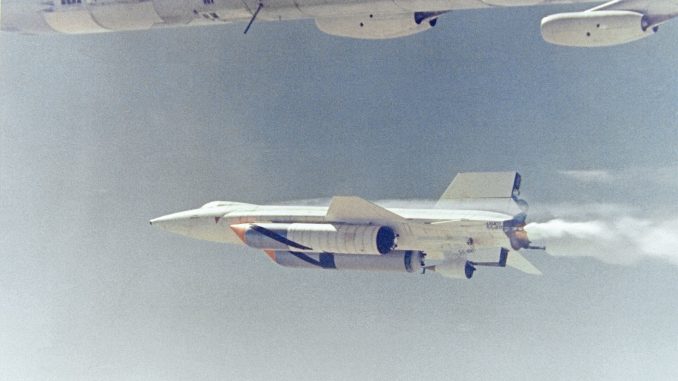
On October 3, 1967, William J. Knight took off for a record-breaking flight, setting the fastest speed record ever recorded by a manned aircraft. This remarkable goal was achieved by a North American X-15-A-2 model, a hypersonic rocket-powered aircraft operated by the US Air Force and NASA. The X-15-A-2 was a part of NASA’s X-series experimental aircraft among X-15A-1, X-15A-2, and X-15A-3. This flight aimed to push the boundaries of hypersonic flight and test the aircraft’s limits. NASA and the Air Force wanted to collect valuable data for space exploration, specifically re-entry procedures, control in thin atmospheres, and pilot survival systems.
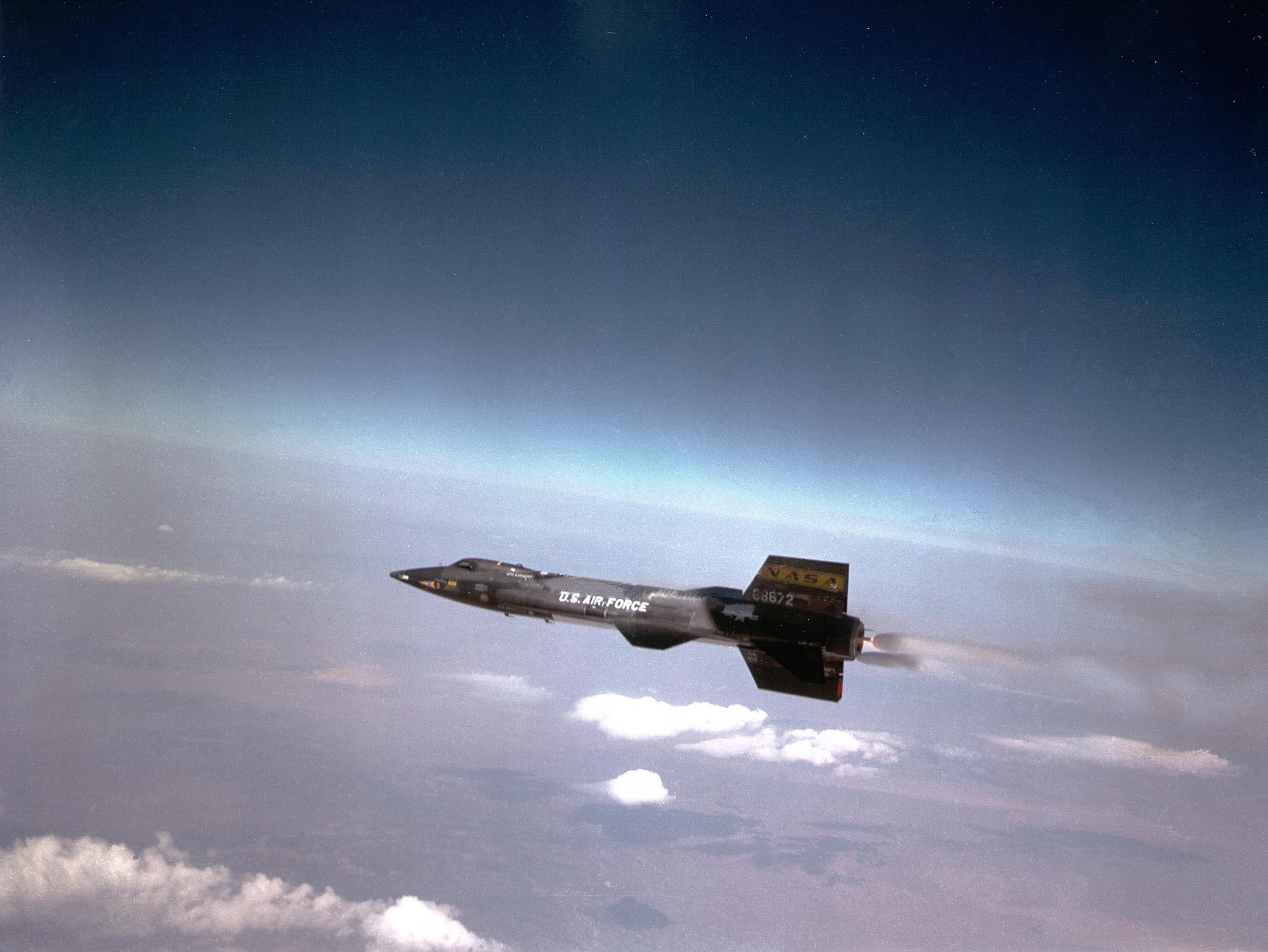
The Record-Breaking Day
The X-15 on her Flight 188, along with William J. Knight, was air-launched by the “mothership,” the B-52 Stratofortress, at an altitude of 45,000 ft and speed of 500 mph over the Mojave Desert. After the release, the rocket-powered engines were ignited, and Knight climbed to 102,100 feet while achieving a Mach 6.72 speed. The flight was 8 minutes and 17 seconds long, after which the plane glided back to Edwards Air Force Base. This flight set a record that it maintains until today as the fastest-speed non-orbital aircraft in the atmosphere under a powered manned flight. However, it wasn’t Knight’s first speed venture with the X-15. Before Flight 188, Knight had taken the aircraft to new speed limits twice. These flights included Flight 175 (November 18, 1966) and Flight 176 (August 21, 1967), which achieved speeds of Mach 6.33 and Mach 4.94, respectively. Knight also earned a Distinguished Flying Cross after his critical flight on June 29, 1967, on the X-15 itself. The aircraft suffered a total electrical failure at 107,000 feet, but despite losing the system, Knight set up a visual approach and glided down safely with an emergency landing at Mud Lake, Nevada. Knight’s expertise and familiarity with the aircraft proved successful on his record-breaking sortie.
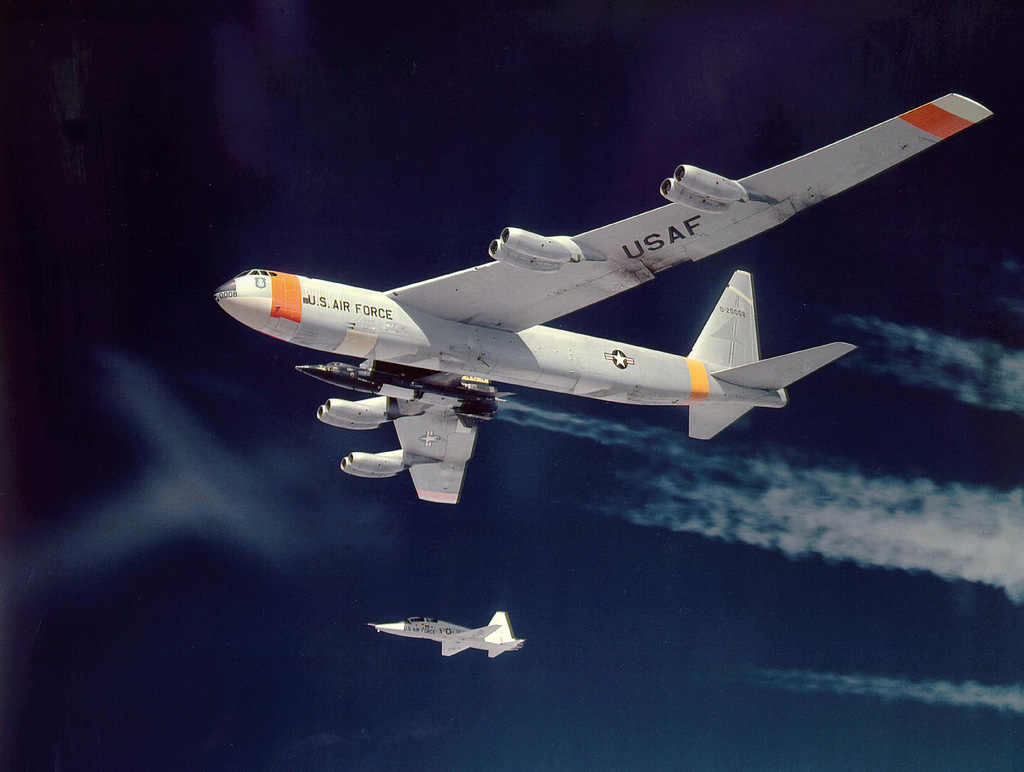
Between the Lines
The X-15 landed safely after making an unmatchable speed record, but there is more to this flight than meets the eye. The hypersonic speed achieved had its own aftermath, including extreme temperatures over 2700°F. Such high heat caused significant structural damage to the aircraft, which burned a hole into the scramjet and later into the top ventral fin. Additionally, the intense heat also caused the parts of the protective ablative material to peel away. As Knight decided to land and reduced speed to Mach 5.5, the aircraft issued an over-temperature warning in the engine bay. To stop the situation from getting worse, Knight decided to dump the remaining fuel in the internal fuel tank, but the heat had also damaged the fuel jettison system. However, he was able to detach the jettisonable lower fin required for landing and safely managed to land at a speed faster than normal speed. In 1969, President Lyndon Johnson awarded Knight the Harmon International Aviation Trophy for his record-setting flight and remarkable safe landing despite the odds.
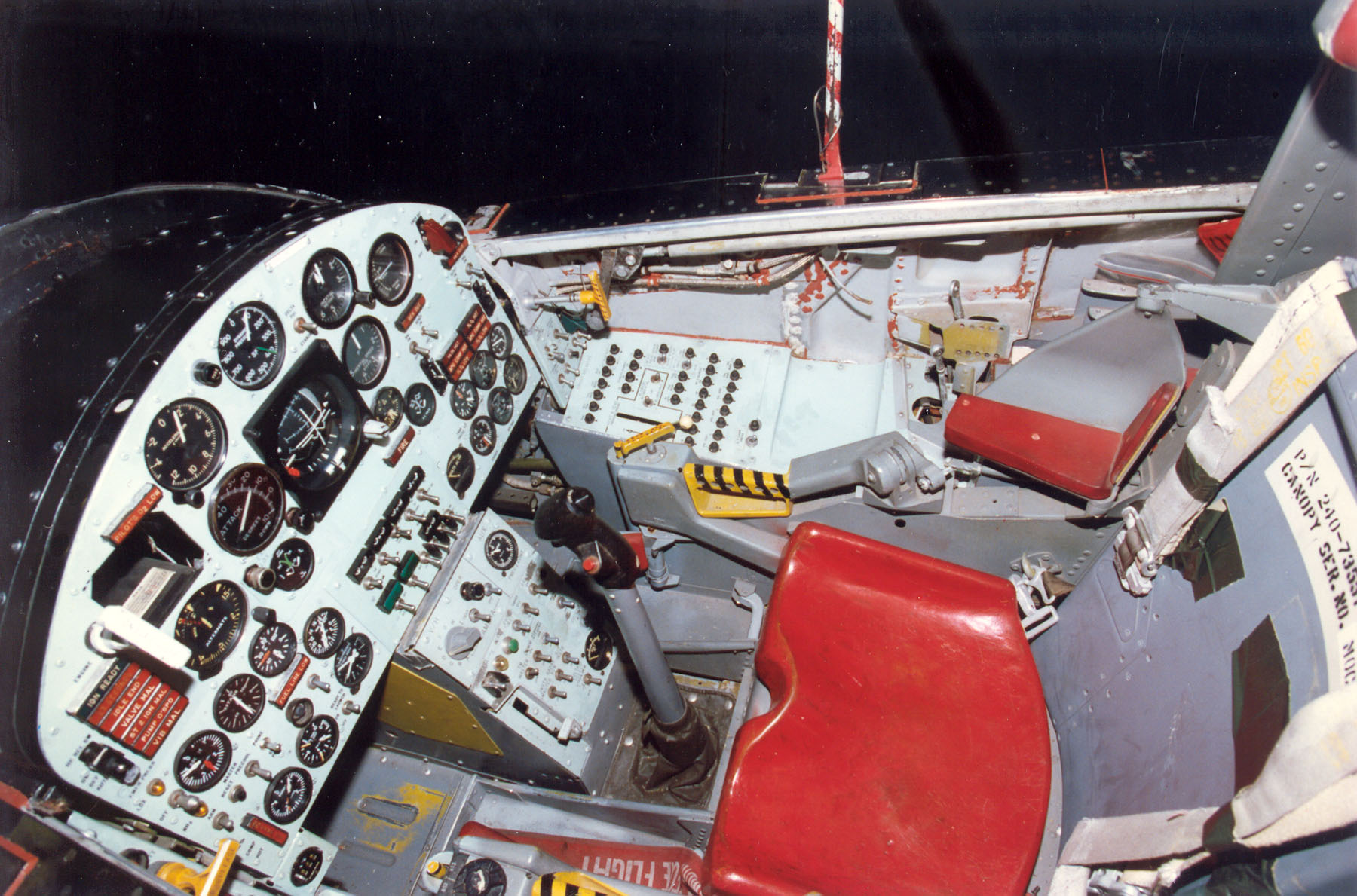
The Airworthy X-15
The X-15 had several distinctive features that made this flight possible, including its XLR99 engines, which allowed it to reach speeds above Mach 6. It also featured a wedge tail, which was necessary for controlling the plane at hypersonic speeds. The X-15 was not limited to the troposphere and could fly at altitudes above 100,000 feet, requiring the pilot to wear a space suit. The X-15 underwent several modifications before her flight on October 3, 1967. These modifications included an enhanced 28-inch fuselage, two external drop tanks increasing fuel by 75 percent, and an ablative Martin MA-25S heat shield designed to carry away the heat as it charred and slowly broke away. The aircraft could sustain extreme heat, but unfortunately, these modifications were not enough to protect the airplane, leading to the mishaps during Knight’s flight.
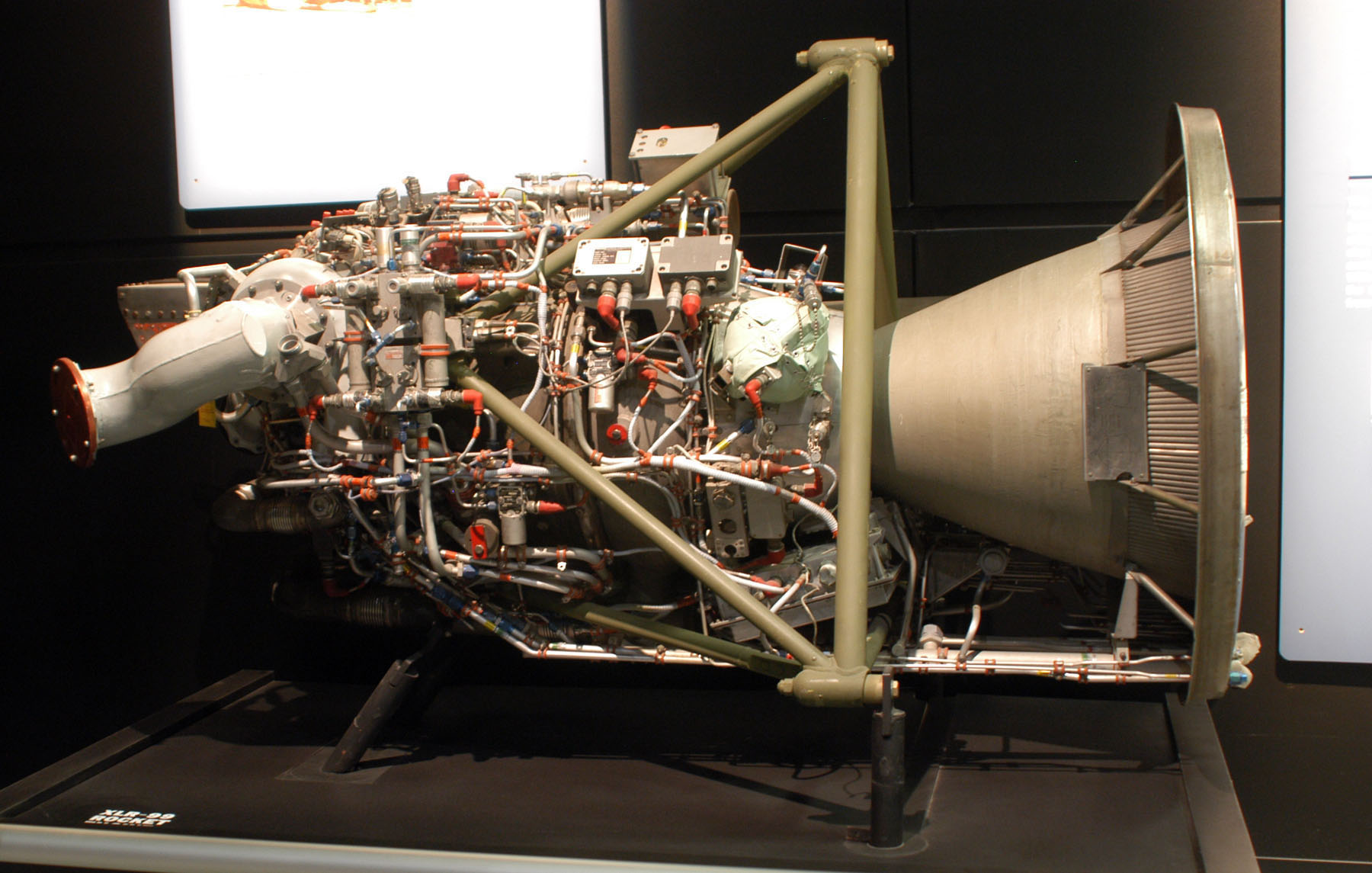
Fast & Glorious
The X-15 heavily contributed to aviation and space explorations by providing critical data that shaped the design of the Space Shuttle; especially the Apollo mission. Moreover, it assisted in refining the hypersonic flight control systems and the use of heat-resistant materials. The Smithsonian National Air and Space Museum and the National Museum of the United States Air Force house two of the three X-15s that were built. These preserved aircraft remain to serve as reminders of the remarkable achievements of this groundbreaking program. The X-15’s record-breaking speed, high-altitude flights, and innovative research mark it as one of the most significant aircraft in the history of aviation. It will continue to inspire advancements in aerospace technology as a standing desire to explore the outer limits of flight.
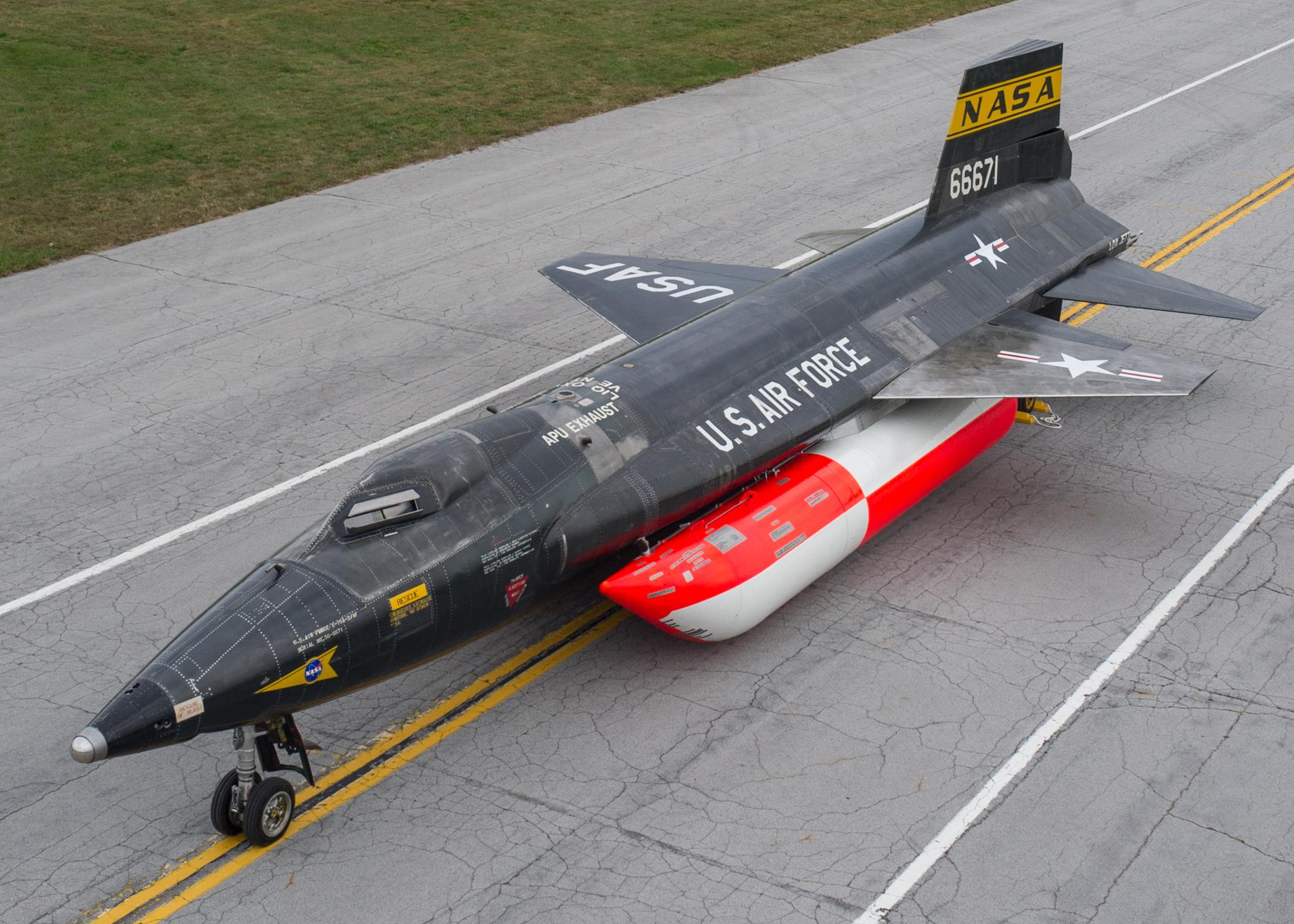
Related Articles
"Haritima Maurya, pen name, ""Another Stardust,"" has been passionate about writing since her school days and later began sharing her work online in 2019. She was drawn to writing because of her love for reading, being starstruck by the art of expression and how someone can make you see and feel things exclusive to their experience. She wanted to be able to do that herself and share her mind with world cause she believes while we co exist in this beautiful world least we can do is share our little worlds within.
As a commercial pilot, Haritima balances her passion for aviation with her love for storytelling. She believes that, much like flying, writing offers a perspective beyond the ordinary, offering a bridge between individual experiences and collective understanding.
Through her work, ""Another Stardust"" aims to capture the nuances of life, giving voice to moments that resonate universally. "



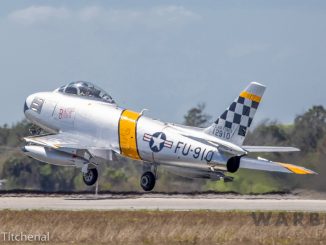
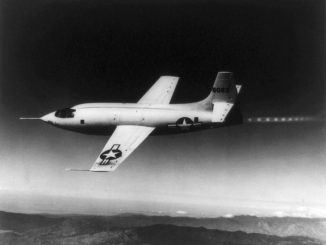
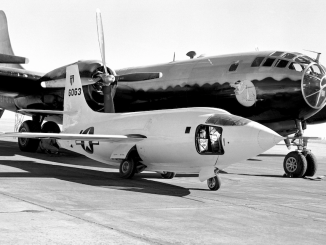
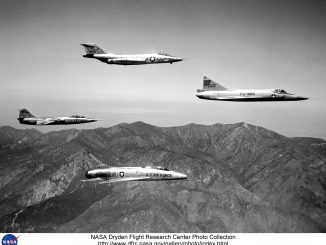



Having been involved with aviation for many years, I enjoy reading about it still. I still learn things about old as well as new aircraft/pilots exploits and history.